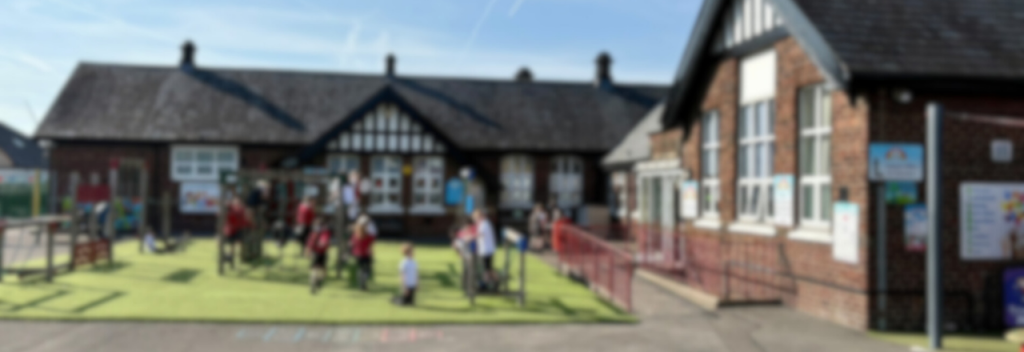A true story of what really happens in the 12 hours before Ofsted – pressure, priorities, and the quiet leadership that holds it all together.
Written by Steve Kirkpatrick: Former headteacher and ex-Lead Inspector, now co-founder of Intelligent Evidence.





